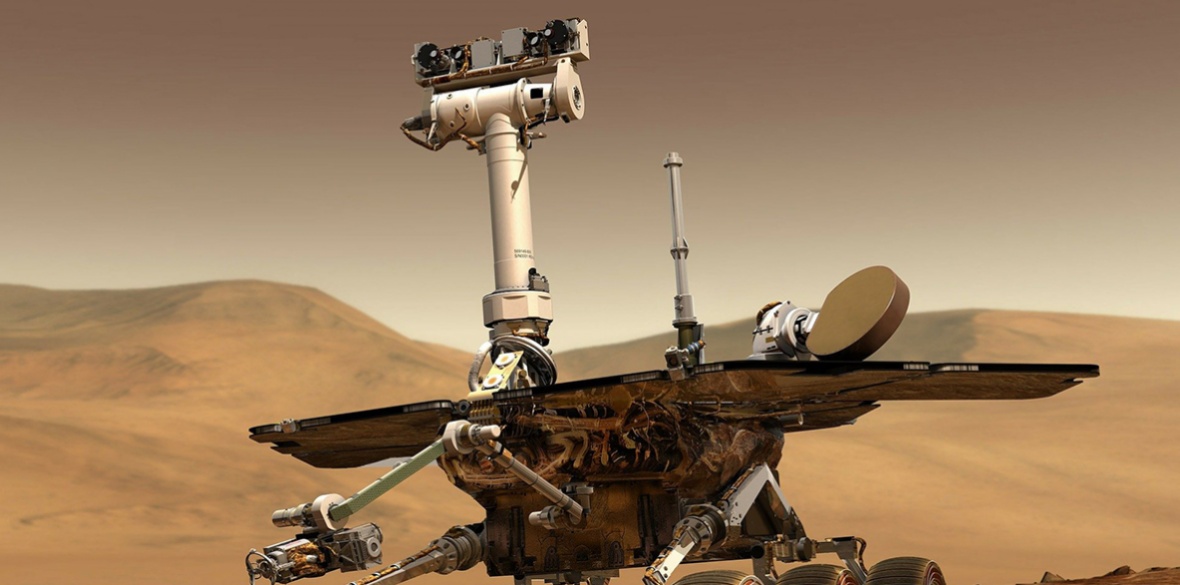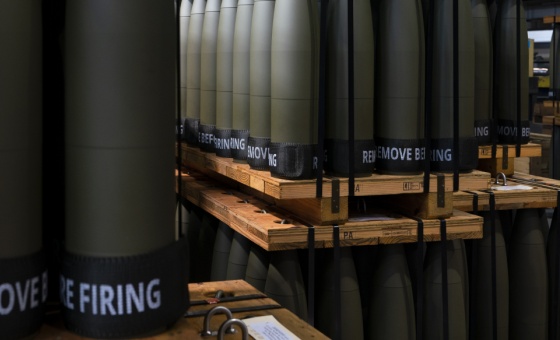This is the last article you can read this month
You can read more article this month
You can read more articles this month
Sorry your limit is up for this month
Reset on:
Please help support the Morning Star by subscribing here
IT’S BEEN a bit crowded around Mars this last month. The US mission Perseverance managed to touch down first.
It was looking for a bit of dried-up pond slime which is where they believe some remains of life on Mars might be found.
Most US citizens, especially Donald Trump’s special species of right-wing racist ignoramus, saw the invasion of Mars as a logical follow-up to the US invasions of Korea, Vietnam, Nicaragua, the moon, etc.
Life on Mars? If they did find Little Green Men they could soon blast them into extinction.
Next in the queue to land on our nearest planet was the Emirates Mars Mission from the United Arab Emirates Space Agency.
Named the Hope orbiter, it was launched on July 19 2020, and reached Mars on February 9 2021.
One notable feature of Hope was it was designed, developed and operated by an almost entirely female team.
The third Mars mission came from China. The Chinese government didn’t put out any details or video, but there are so many amateurs listening in we had all we needed to know.
The Chinese Tianwen-1 spacecraft is comprised of an orbiter, lander and rover. Amateur observers monitoring a radio signal from the Tianwen-1 spacecraft noted a Doppler shift in the tone, indicating the probe’s velocity was changing as it braked into orbit around Mars, some 119 million miles from Earth.
The global invasion of the Red Planet — with three missions arriving in less than 10 days — wasn’t a coincidence.
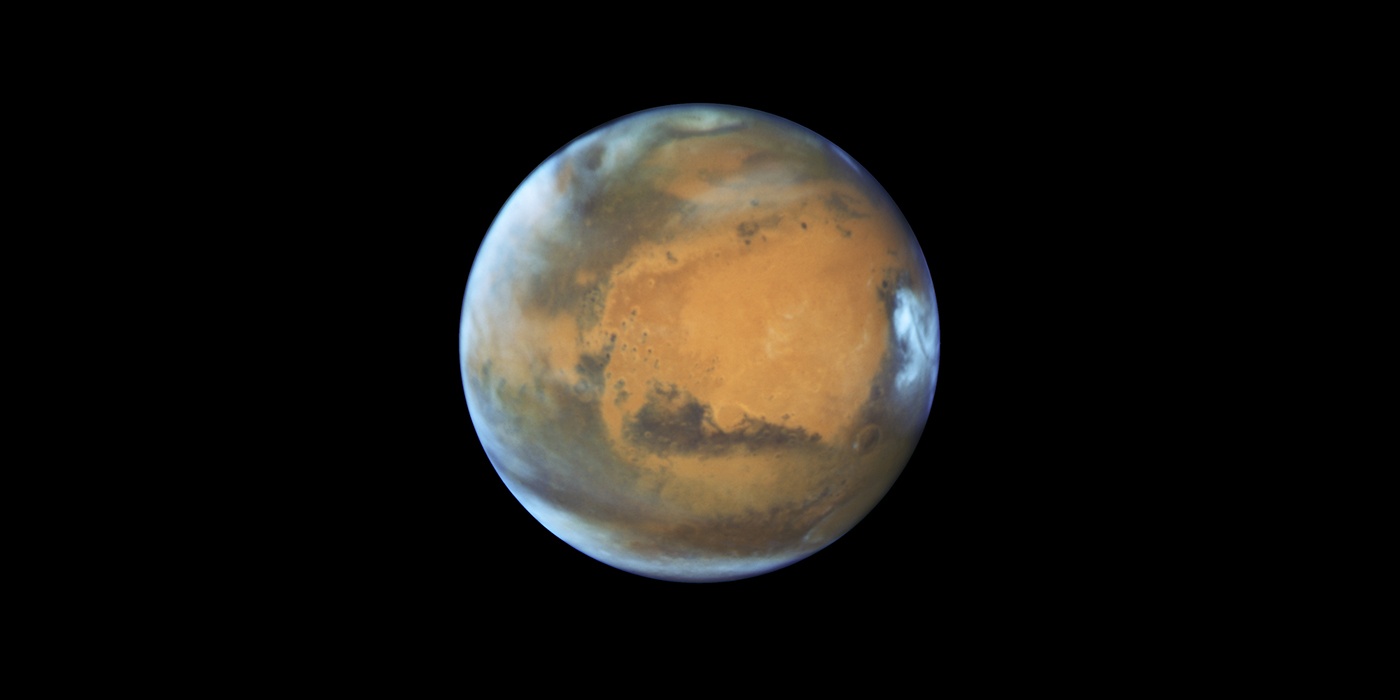
A favourable alignment of Earth and Mars, a positioning of the planets that occurs every 26 months, made it possible. All three spacecraft launched from Earth last July.
In the US scientific facts seem to be less and less believed, partly inspired by a mad ex-president who believes that if disinfectant works at killing germs we should all inject ourselves with disinfectant. If that doesn’t work we should stick a ultraviolet torch up our bum.
Most people in the US now believe Trump isn’t still president but enough of them are still encouraging him in his delusions.
Like him, most of them reject real science and see the world as a bible-defined globe where the white man still reigns supreme.
When the nine Republican hopefuls for the party’s nomination to be candidate in the 2016 presidential elections were interviewed on TV and asked if they believed in evolution no less than six of them said they didn’t. Trump became the candidate and then won the election.
Like now ex-president Trump, his administration from its inception adopted a notoriously anti-science stance with regard to issues ranging from climate change to vaccinations.
Unsurprisingly, many members of his administration were disinclined to profess a belief in Darwinism and evolution either.
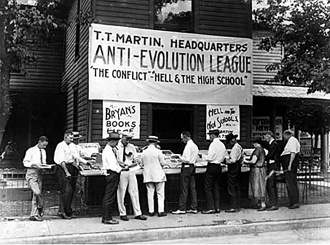
In 1925, 96 years ago, a Tennessee school teacher, John Thomas Scopes, was arrested for teaching human evolution in his classroom. Scopes was found guilty and fined $100 — the equivalent of $1,500 (£1,124) today.
More important, the result established that US law itself declared the word of God was the absolute truth.
God had created the Earth, and everything in it, fully formed in just six days and all this happened approximately 6,000 years ago. It was that simple, and for more than one in three US citizens that is exactly what they still believe today.
About the same time that Scopes was on trial, a 34-year-old US astronomer named Edwin Powell Hubble was astounding the scientists of the US and the world.
His ideas would blow apart the cosy unscientific beliefs being preached across the United States.
Hubble played a crucial role in establishing new scientific fields of extragalactic astronomy and observation cosmology.
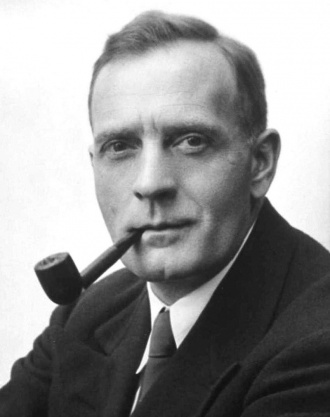
He was proving that many objects previously thought to be simply clouds of dust and gas and classified as nebulae were actually galaxies and many were far beyond the Milky Way.
In 1923, two years before the Scopes trial, Hubble discovered the first variable star in the Andromeda Nebula — now known as the Andromeda Galaxy. He used Andromeda to calculate its distance from Earth.
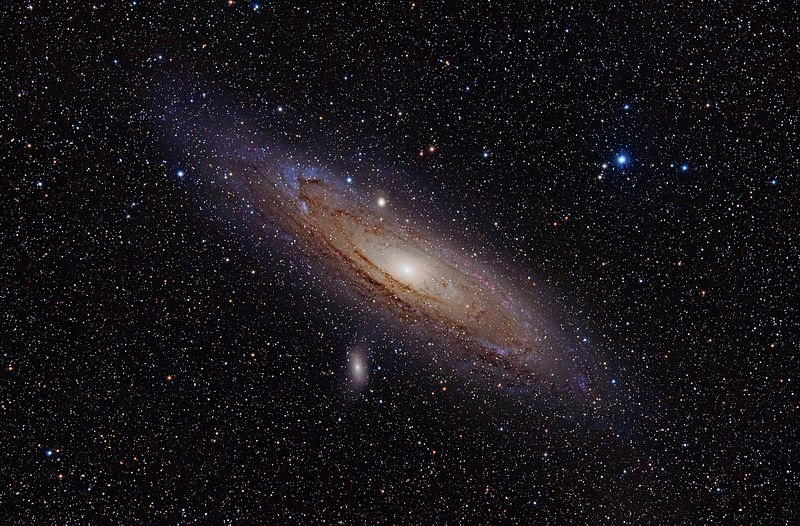
When he applied the same technique to other spiral nebulae he discovered that our universe extends far beyond our local Milky Way.
Hubble found the universe was constantly expanding and that expansion became the foundation of the big bang theory.
Another astronomer, Belgian Catholic priest Georges Lemaitre, first noted in 1927 that an expanding universe could be traced back in time to an originating single point. He called his theory that of the primeval atom.
For much of the rest of the 20th century the scientific community was divided between supporters of the big bang and the rival steady-state model, but a wide range of empirical evidence strongly favoured the big bang, which is now universally accepted.
It was Hubble who concluded from analysis of galactic red-shifts in 1929 that galaxies are drifting apart; this is important observational evidence for an expanding universe.
Hubble provided evidence that the universe was far older than just a few thousand years.
It was this proof that blew apart that previous bible-based view of how our universe was formed. At least among thinking people.
He proved that recessional velocity — the rate at which an extragalactic astronomical object becomes more distant from an observer — increased with its distance from the Earth.
That property is now known throughout the scientific world as Hubble’s law.
What Hubble (along with other astronomers of the time) proved was that the universe was constantly expanding and was much bigger and much older than anything that the religious believers had attributed to the various gods they believed in.
In 1919, back from fighting in the first world war, Hubble was offered a staff position at the Mount Wilson Observatory near Pasadena, California.
He was invited here by another leading astronomer, George Ellery Hale. Hubble remained at Mount Wilson until his death in 1953.
Shortly before his death, Hubble became the first astronomer to use the newly completed giant 200-inch (5.1m) reflector Hale Telescope at Palomar Observatory near San Diego, California.
Hubble had been raised as a Christian but some of his later writing suggests uncertainty — he just could not equate biblical truth with his astronomical discoveries.
He didn’t argue against those who held the fundamentalist position, but before his death in 1953 he told his wife that he did not want to have any kind of funeral and she has never revealed where he is buried.
If Hubble has no marked grave, he does have an amazing memorial. It is the Hubble Space Telescope that was launched in low Earth orbit 30 years ago at the end of April 1990.
The telescope features a circular mirror just under eight foot (2.4m) in diameter.
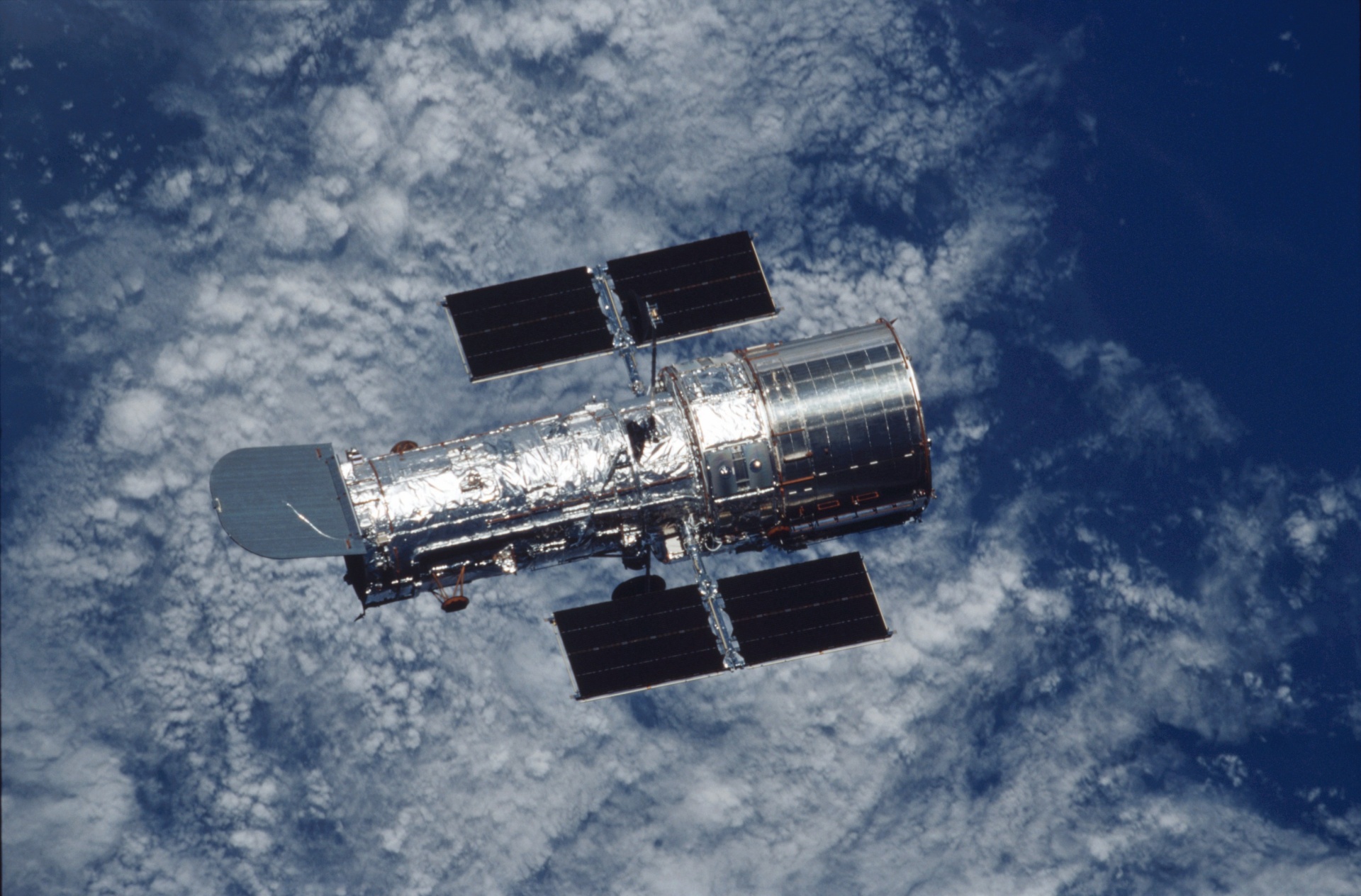
Because it orbits outside the Earth’s atmosphere it is able to capture extremely high-resolution images with substantially lower distortion and background light than ground-based telescopes.
Hubble is the only telescope designed to be maintained in space by astronauts.
That was fortuitous when it was discovered that the huge mirror had a manufacturing fault.
Five Space Shuttle missions have repaired, upgraded and replaced systems on the telescope, including all five of the main instruments.
The telescope has throughout its 30-year life in orbit carried out many key experiments.
The biggest so far has been the Cosmic Assembly Near-infrared Deep Extragalactic Legacy Survey (Candels).
This survey explored galactic evolution in the early universe and the very first seeds of cosmic structure at less than one billion years after the big bang.
Another key experiment was the Frontier Fields programme. It advanced our knowledge of early galaxy formation by studying high-red-shift galaxies.
The Cosmic Evolution Survey (Cosmos) involves more than 200 scientists in a dozen countries.
It probed the formation and evolution of galaxies and detected more than two million galaxies spanning 90 per cent of the age of the universe.
In 1986 the first Hubble telescope director Riccardo Giacconi announced that he would allow amateur astronomers to use the telescope.
Proposals for amateur time were stringently reviewed by a committee of the amateur astronomers themselves.
This great idea would have delighted Edwin Hubble. Sadly after 10 years the inevitable budget cuts stopped this imaginative use.
More than three decades from launch, the telescope is still producing valuable results and some incredible images, many of them proving further Hubble’s earliest observations on how the universe is expanding.
The telescope is expected to continue working until 2030-40.
Meanwhile one in three people in the post-Trump US still believe the book of Genesis to be absolute truth. No doubt they are reading it to the Little Green Men on Mars.

